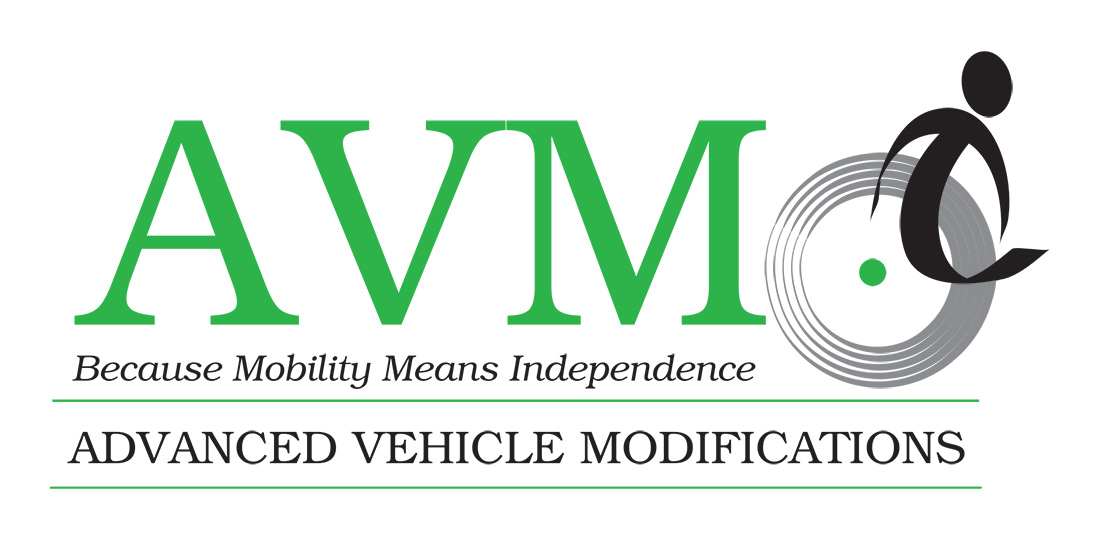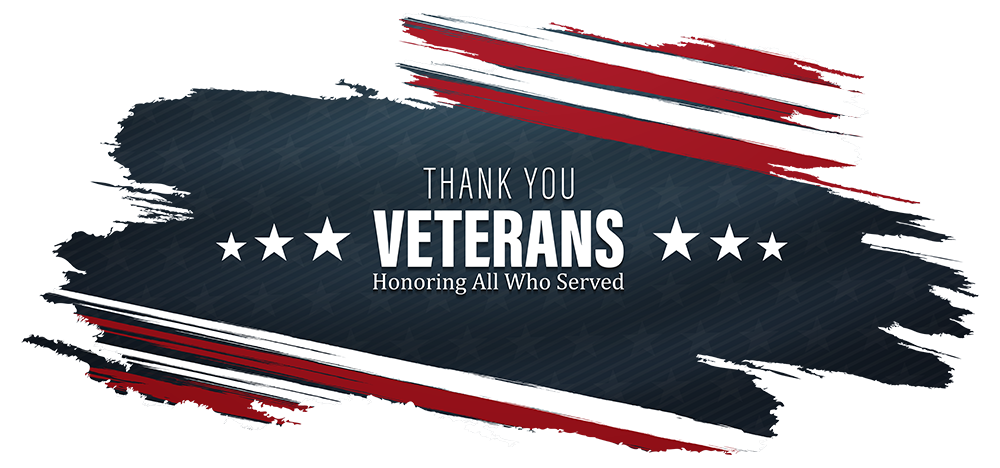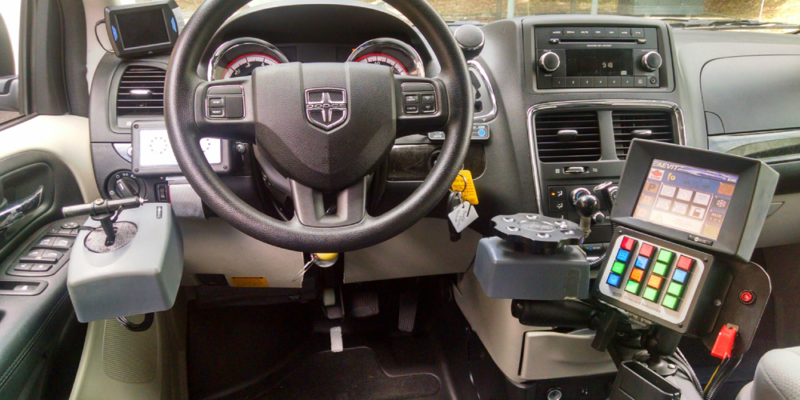A certified Driver Rehabilitation Specialist (CDRS) is a Driver Rehabilitation Specialist (DRS) with additional training and certification. A DRS generally has a health professional degree with additional training specific to driver evaluation and rehabilitation. CDRS professionals are those DRS’S that have successfully passed a certification examination and regularly complete education in the field to maintain their credentials. CDRS and DRS both offer specific assessment and instruction skills, experience, and understanding when it comes to those with physical, cognitive, and visual challenges. Currently, there are about 360 active CDRS in the U.S. and Canada.
Why are those trained to be a CDRS and DRS so important to making the roads safer for drivers with disabilities, their passengers, and other road users? While many advances have been made in adaptive driving equipment and vehicle technology, driving a motor vehicle is a complex task that involves more than the physical ability to operate controls. Adequate vision, integrated reflexes, and appropriate cognitive skills are required to process what one sees and how one reacts, in a manner quick enough to ensure safe, efficient decisions behind the wheel.
Driver training for a person with a disability is frequently provided after a thorough driver evaluation, and should ideally be conducted by a CDRS or DRS. A driver evaluation generally consists of a clinical assessment and a behind-the-wheel assessment. The evaluation process generally includes tests of physical function, vision, perception, attention, motor function, and reaction time, in addition to actual driving performance tests.  Based on the evaluation results, the CDRS or DRS will determine if any adaptive driving equipment is needed, whether the individual has the ability to drive independently or at all, and whether they require driver rehabilitation or training. Assessment can average three to eight hours, and training is customized to the unique needs of each individual. Some of the recommended vehicle adaptions could include lifts; ramps; custom seating; steering devices, such as spinner knobs and other specially designed handles for the steering wheel; hand controls; foot pedal extensions; special mirrors; extenders and extensions for dash controls; and other adaptive tools.
Based on the evaluation results, the CDRS or DRS will determine if any adaptive driving equipment is needed, whether the individual has the ability to drive independently or at all, and whether they require driver rehabilitation or training. Assessment can average three to eight hours, and training is customized to the unique needs of each individual. Some of the recommended vehicle adaptions could include lifts; ramps; custom seating; steering devices, such as spinner knobs and other specially designed handles for the steering wheel; hand controls; foot pedal extensions; special mirrors; extenders and extensions for dash controls; and other adaptive tools.
Referrals to a driver rehabilitation program or CDRS for those with disabilities can be made by physicians, specialist, eve doctors, occupational therapists, driving schools, gerontologists, parents or spouses, the individuals themselves, and other sources. A “disability” is classified as a condition impeding completion of daily tasks using traditional methods. Disability types include: physical impairments affecting movement, such as amputation, cerebral palsy, Parkinson’s disease, spinal cord injury, and stroke; sensory impairments, such as poor vision or hearing loss/deafness; cognitive impairments, such as dementia, autism, Down syndrome, and traumatic brain injury; and psychiatric conditions, such as schizophrenia and anxiety disorders.
Having A CDRS on staff is one more way AVM is unique in the Mobility industry.



